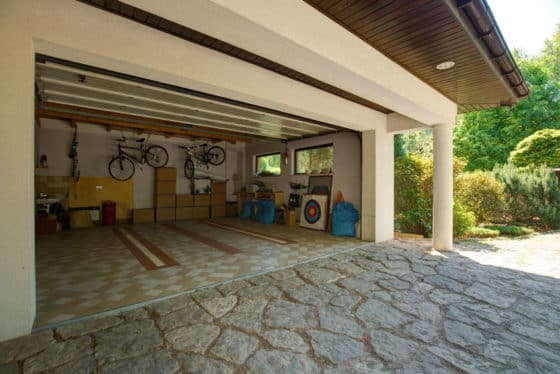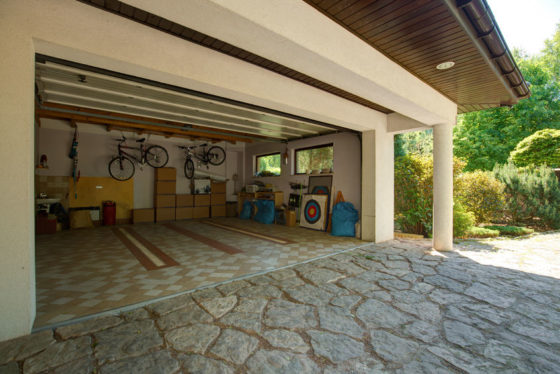
How To Make Your Garage More Energy-Efficient

Copyright: bialasiewicz / 123RF Stock Photo
When it comes to energy efficiency, most of our attention goes toward our houses, and for good reason. Because we spend so much time and do so much inside our houses, much of the energy we emit on a daily basis is used there. What we don’t pay as much attention to is making our garages as energy-efficient as possible, which can undermine our efforts elsewhere. For example, when heat escapes through cracks in our garage doors, it means our heating systems have to work that much harder to keep up. Likewise, when we spend an evening fixing our cars under an inefficient light bulb, we consume more energy than necessary. Making the garage more energy-efficient may not be at the top of your priorities, but it can make a big difference for your home’s environmental footprint as well as your energy bills. Here are some basic tips for making your garage as energy-efficient as possible.
Insulating Your Garage Door
Your garage door is the single-biggest contributor to your garage’s energy efficiency. Purchasing an insulated garage door or a kit to insulate your existing door can protect against heat loss in winter or cool air from escaping in summer. Also, making sure your garage door is properly sealed at the bottom with weatherstripping as well as having no cracks anywhere around it can help your garage door conserve more energy.
Sealing Your Windows and Doors
The seams around windows and doorframes are some of the most important areas to protect against energy loss, and it’s no different in your garage. It’s important to check around the windows and doors in your garage to confirm that there aren’t any cracks or gaps where air might enter or exit. If there are, make sure you seal them with weatherstripping or caulk. If you can, replace your existing garage windows with ENERGY STAR-certified windows. Check light switches and electrical outlets, as well. Anything that could be a way for air to get in or out of the garage should be sealed to make your garage more energy-efficient.
Choose Energy-Efficient Lighting Options
You may not use the lights in your garage as often as you do the lights in your kitchen or living room, but you should still consider making them as energy-efficient as you can. In most cases, this means simply replacing traditional incandescent light bulbs with more efficient options such as CFL or LED bulbs. These lights consume far less energy than traditional bulbs, which can add up to noticeable savings on your electric bill over time.
Pay Close Attention to Your Floor
Your garage floor probably is little more than a concrete slab. Meaning, you’re not likely to pay much attention to it. Though cracks in the floor can allow cold air to get in or out of your garage, affecting your home’s energy efficiency. If you find any cracks or gaps in your garage floor, use a concrete sealer to fill them.
Try Using Alternative Energy Sources
Although you may not be able to divorce yourself completely from the energy grid, you might be able to use alternative energy sources to help lower the amount of energy your house consumes. For example, using solar panels to heat your garage means you’ll need less electricity or natural gas.
Making your garage more energy-efficient may not be something you’ve thought about, but it should be. These and other tips for making your garage more energy-efficient can be found in the resource above.
Author bio: Justin White is Marketing Director for Garage Door Repair. Living just outside of Washington, D.C., White is extremely resourceful with resolutions on common garage door problems specific to the region, including Maryland, Virginia and Pennsylvania.



Post a comment